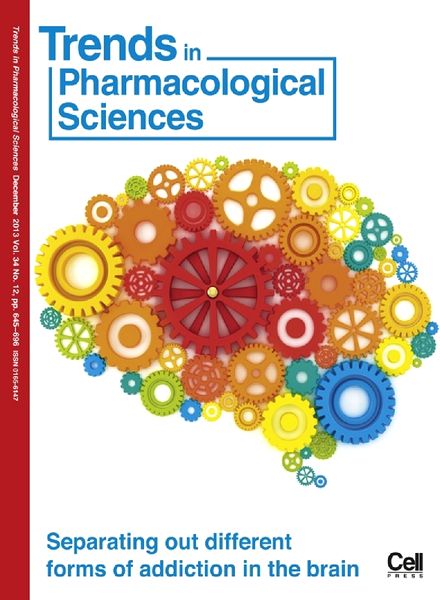“High-grade glioma is one of the most aggressive cancers in adult humans and long-term survival rates are very low as standard treatments for glioma remain largely unsuccessful.
Cannabinoids have been shown to specifically inhibit glioma growth as well as neutralize oncogenic processes such as angiogenesis.
In an attempt to improve treatment outcome, we have investigated the effect of Δ9-tetrahydrocannabinol (THC) and cannabidiol (CBD) both alone and in combination with radiotherapy in a number of glioma cell lines (T98G, U87MG, and GL261).
Cannabinoids were used in two forms, pure (P) and as a botanical drug substance (BDS).
Results demonstrated a duration- and dose-dependent reduction in cell viability with each cannabinoid and suggested that THC-BDS was more efficacious than THC-P, whereas, conversely, CBD-P was more efficacious than CBD-BDS.
…increase in radiosensitivity was associated with an increase in markers of autophagy and apoptosis.
These in vitro results were recapitulated in an orthotopic murine model for glioma, which showed dramatic reductions in tumor volumes when both cannabinoids were used with irradiation.
Taken together, our data highlight the possibility that these cannabinoids can prime glioma cells to respond better to ionizing radiation, and suggest a potential clinical benefit for glioma patients by using these two treatment modalities.”



